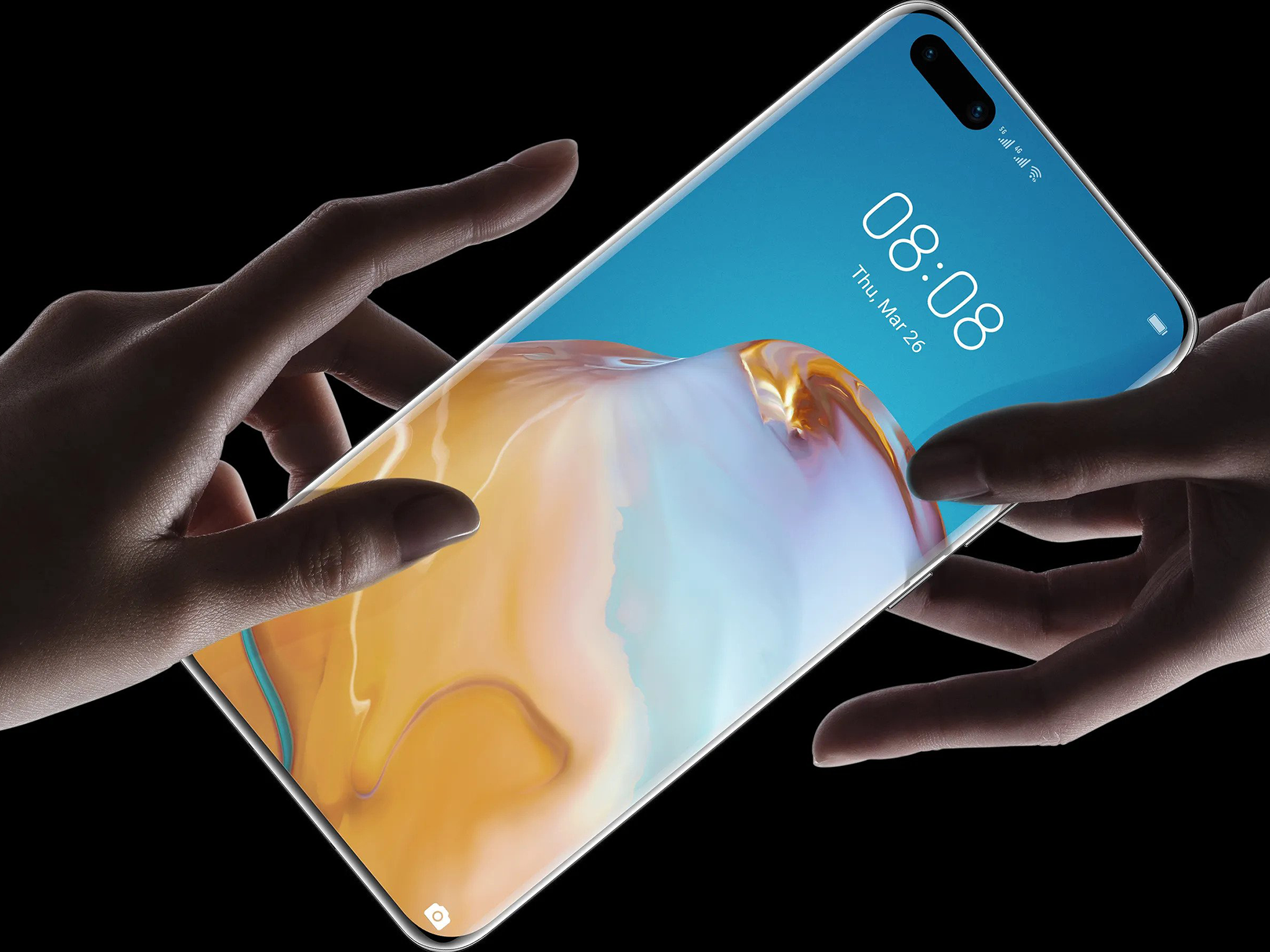Huawei P40 Pro Plus review: the closest yet to a Google-free life
Going without US companies is both a blessing and a curse

Your support helps us to tell the story
From reproductive rights to climate change to Big Tech, The Independent is on the ground when the story is developing. Whether it's investigating the financials of Elon Musk's pro-Trump PAC or producing our latest documentary, 'The A Word', which shines a light on the American women fighting for reproductive rights, we know how important it is to parse out the facts from the messaging.
At such a critical moment in US history, we need reporters on the ground. Your donation allows us to keep sending journalists to speak to both sides of the story.
The Independent is trusted by Americans across the entire political spectrum. And unlike many other quality news outlets, we choose not to lock Americans out of our reporting and analysis with paywalls. We believe quality journalism should be available to everyone, paid for by those who can afford it.
Your support makes all the difference.Huawei’s P40 Pro+ is a powerful device. It feels premium, with multiple cameras fitted to huge bumps, large screens, massive batteries, and enough RAM to power a small computer let alone a smartphone.
But Huawei’s most powerful phone to date has a major setback: the ban on US companies working with it. The Chinese giant has made progress in providing an alternative to the services provided by one of the largest technology companies on the planet, but there is still a significant way to go.
The P40 Pro Plus comes in two varieties – black or white, with a ceramic back. The phone feels dense – it is only being a handful of grams weightier than its competitors, but it is certainly premium.
Adding to that premium quality is its screen, an OLED 6.58-inch display with a 2640 x 1200 resolution at 90Hz. The display is punchy, colourful, and detailed, with a superb handling of bright whites. The only thing that’s missing is a 120Hz refresh rate, found in other flagship phones from Samsung, Oppo, and OnePlus.
At the bottom is a USB-C port for charging, and an expected lack of a 3.5mm headphone jack, while inside is 8GB of RAM and a maximum of 512GB of storage.
Holding Huawei back is still the infamous trade war between the United States and China. As such, the company still does not have access to Google’s apps.
Huawei attempts to circumvent this with its own app store, called the App Gallery, and it works – to an extent. A smattering of common apps are available such as Snapchat and Tidal, but the majority such as Facebook, Twitter, and so on need to either be loaded onto the phone via the device’s Phone Clone tool or sideloaded through the company’s Petal Search tool.
None is a perfect solution. The AppGallery is limited and still provides a platform for apps which Google has deemed troubling; Petal Search is a good tool for finding source files for popular applications, but it feels less secure than using a verified app store, and is likely to put off first-time or even second-time buyers in the UK. That said, Petal Search will automatically update apps from their APK source, which is a particularly neat feature.
Moreover, there are now apps available to users that make the P40 Pro+ feel closer to a ‘standard’ Android device. Here WeGo maps on the AppGallery is an acceptable substitute to Google Maps, a notable omission from the device, and Celia (the company’s voice assistant) can perform the basic tasks of Siri or Google Assistant, even if it exists closer to Samsung's Bixby than Alexa.
Camera battles are where Huawei is hoping this phone will make its name, and its 10x optical zoom lens – the first of its kind – is not to be sniffed at. The P40 Pro+ can capture noticeably more detail at that length than any other smartphone we’ve used. Moreover, its ability to take low-light photos on its default setting continues to blow all other smartphones out of the water, even when they are using their night modes.
Huawei has gone for the 100x zoom-capable camera, much like the Galaxy S20 Ultra, but in our experience their results are blurry and you need an incredibly steady hand to make up for the jitter, so apart from grabbing headlines, there’s not much use for them.
Colour balance is good, and while Google’s Pixel 4 XL might be strictly speaking the most accurate, it lacks many of the features the P40 Pro+ has and the gap in colour quality is now closing – although the Pixel 5 XL could be right around the corner to push the competition further.
For all the potency of its camera, however, the app is significantly more difficult to use. Huawei’s user interface makes it more difficult to zoom - via buttons at the bottom of the screen - than on the Galaxy S20 Ultra’s buttons located by your thumb or Oppo’s Find X2 Pro’s camera scroll, the superior method.
The P40 Pro+ has one more caveat: price. At £1299, compared to £1199 for the Galaxy S20 Ultra or £1099 from the Oppo Find X2 Pro, it is arguably the most expensive phone with the least accessible software.
For most people, it’s compelling camera, punchy screen, and premium design will not be enough to pull them from the competition’s offerings – especially as those are significantly easier to work both with regards to user interface and access to apps.
Huawei may be closer than ever before to a flagship that can take on its full-fat Android competitors but, through no real fault of the phone, there is still some way to go.
Join our commenting forum
Join thought-provoking conversations, follow other Independent readers and see their replies
Comments